|
28th March 2021
I'm logged into Board Game Arena on PC and it's the final game of this Sunday gaming session. The final game of the day was Kingdomino, my thoughts about it are here.
0 Comments
28th March 2021 I'm logged into my PC and Sunday gaming on Board Game Arena continued. The next game of the day was Potion Explosion, a game about creating magic spells through set collecting and a match 3 mechanic. That's right. "Yer a wizard Har," no, no, let's not go there! Caveat: The digital version of the game was played, but previously we have also played a physical copy. What's in a game?
The game's art style and theme obviously draw some inspiration from the you-know-who films but that's fine. For the most part there isn't too much art on the components but what there is, is bright and colourful. What's in a game? Setup
On to play In Potion Explosion, players use the marbles to complete their potions, these earn victory points. Completed potions can also be used to give the respective player a special action to perform. Play starts with the starting player and progresses clockwise. The following actions are available to players.
Play continues until the endgame is triggered Endgame The game's stack of skill tokens are also used as a countdown time, once the stack is depleted, the endgame is triggered. Then the current round is completed, ensuring that all players have had an equal number of turns, skill tokens can still be earned and are drawn from remaining previously unused reserve of tokens. Then victory points from completed potions are scored as are skill tokens, finally points are deducted for every help token taken. Points are tallied, highest score wins. Overall
When a marble is removed from a track, there's a satisfying little clink sound when the other marbles hit one below that's down to the use of proper marbles instead as plastic components. The designers and publishers have put thought into the look and feel of the game, it shows and adds too the game. There's a degree of luck when playing Potion Explosion. Sometimes how the chips - or in this marbles fall can have a big influence on a player's turn and how many marbles they get to collect in a turn. A player draws a single marble from the dispenser in their turn, but really they should always be aiming to raw as many as possible because the game is essentially a race between players to complete potions. Potions can be used to facilitate this and despite feeling counter-intuitive to use, so can help tokens. Being able to remove a marble before drawing one can sometimes turn getting a single marble into triggering a chain reaction. Players must also be able to adapt to constant changes in the dispenser, there's no point in planning your move until it's your turn. Every time a marble is drawn it will figuratively change the landscape, sometimes dramatically. Keeping your fingers crossed, hoping that no one spots a combo you've seen probably isn't the best of strategies. Additionally, when a player takes a new potion, they're faced with a choice, do they go for the highest scoring potion, or go for a potion that works towards completing a set, or a potion with specific ability? Players need to pay attention to the spread of colours of their current uncompleted potion and any new potion they take, repetition of colours between potions can slow a player down. It can be irritating when you draw a handful of marbles in a colour you can't use. All in all, this gives Potion Explosion a subtle depth that belies it's simplicity and seemingly gimmicky mechanic. Winning requires players recognise when it's best to use potions or exploit the help tokens in order to most efficiently accumulate ingredients, which then in order means that players must recognise which new potions to acquire. Ultimately players always have meaningful decisions to make and that makes it an engaging game. March 28th 2021
It was Sunday and time for some online board games using Board Game Arena. You can read my thoughts about it here. 24th March 2021
The final game of Wednesday board game night on Board Game Arena was Love Letter. Read my blog about it here. 24th March 2021
Board gaming night continued using Board Game Arena. The next game of the evening was Sushi Go!, read my blog about it here. 24th March 2021 It's a Wednesday evening and I'm logged into Zoom and Board Game Arena on my PC. It was time for a game that spanned the ages and the creation of massive monuments and the civilisations they represented. Luckily, it doesn't take that long to play 7 Wonders! Caveat: We played the game online but have previously played the physical copy. Photos were taken for this blog post. What's in a game? The purpose of the game is for each player to create their own civilisation through the construction of various types of buildings and ultimately create one of the 7 Wonders of the Ancient World. 7 Wonders is card game played over 3 sets of rounds (or ages). Each age has its own set of cards which are used. There are numerous types of cards, some of these types can be more or less common in different ages.
The text and icons are all mostly clear (I tended to confuse stone and ore icons, because the ore icon looks like a pile of stone to me.), the symbology used for special rules on cards is also generally clear, the rulebook does a good job on clarifying these in cases of confusion. I also like how the layout allows cards to be more or less stacked while still displaying pertinent information. In terms of art quality, the wonder boards are quite large and very nicely decorated in eye-catching illustrations of the 7 titular wonders. Art on the cards are of a similar quality but obviously on a smaller scale. How's it play? Setup 7 Wonders is a 3-7 player game but also contains some special rules to allow 2 player games. This blog post talks about the normal 3-7 player game.
On to play Each player in 7 Wonders is neighboured by a player to their left and right; why this is important will be explained below. Each player takes a card from their hand and plays face down in front of them, then they pass the remaining cards clockwise to the next player, the direction of play alternates between rounds. Once every player has chosen a card, all player then simultaneously reveal their card, plays it and executes one of the 3 actions below.
Once all players have completed their action, everyone picks up their new hand of cards and play continues as described until all players have used 6 cards each, the 7th card is never used and is discarded out of the game. The game has reached the end of the round, now conflicts are resolved.
Endgame Once conflict has been resolved for age 3, the game is over only scoring is left. Victory points can be scored from a variety of sources, once these are tallied, highest score wins. Overall
I'm going to nit-pick a couple of things about 7 Wonders. Set up feels a little long for a game that's quite short, having to sift through all 3 decks at the game start feels irritating, probably because there's 3 decks to construct instead of 1 and if the player count changes between games, then all 3 decks will need to be rebalanced. The game is quite involved and perhaps a little too complicated for its expected playtime. I found myself frequently forgetting the rule about chaining buildings Scoring is convoluted, specifically scoring the scientific cards where each symbol will scored twice. I wouldn't be surprised that more time was spent making sure this was correct than the rest of the scoring. Like other drafting games of this style, early in the game players will struggle to decide what's going to be important to them or not, but by looking at their wonder board, players will see what they need to build their wonder and what benefits it gives them as some guidance. One interesting feature about 7 Wonders is how players can pay to utilise their neighbours resources and goods and of course, players will want to keep and eye on their neighbours' military forces. It's a nice little spin that adds to the game. Since there are 7 ways to score points, players will have a lot of options on which strategy to pursue. For example, civic buildings give a lot of victory points, but nothing else. Military strength can score a lot of points (and cost your neighbours a few), but only if you dominate, getting caught in a war of escalation can be distracting and costly. Quibbles aside, 7 Wonders is a straightforward game to learn that has a quick turnaround and is a fun game to play, players will want to strategize, but the luck of the draw means they will need to adapt to circumstances. The game always provides players with meaningful choices, which is what you want. 22nd March 2021 Monday night gaming on Board Game Arena continues with the final game of the evening; Sushi Go! Like sushi? Like conveyor belts? Then you'll like this.... probably! Caveat: This was played online, but has also been played with the physical game, photos are from my copy. What's in a game? Sushi Go! comprises of a single deck of 108 cards with 8 different types of cards.
The art is clear, distinct and colourful with appropriately themed cheerful faces on all the foods. My copy came in a little steel tin. The only component that the game is lacking are scoring counters, as it stands, scores at the end of each round need to be recorded somehow on scrap paper or a phone or something. On the other hand, adding scoring tokens would increase the game's size, making it less of a neat compact little package, so your mileage may vary. How's it play? Set up Shuffle and deal a hand of cards face-down to each player, the hand size depends on the number of players, the remaining cards form a draw deck for later rounds, then the game is ready to begin. On to play
Once the 3rd round is over and scored, the puddings are scored. Scores are tallied, highest score wins. Overall
As you can see from the short length of this blog post, Sushi Go!'s rules are simple, accessible and easy to learn. The game's depth comes not from rules complexity but from decisions available to each player, which is great game design in my opinion. The game also fits the theme of having food going round on a conveyor belt remarkably well. Sushi Go! constantly forces players to make decisions and some of these decisions will be gambles, based on the hope that another right card will come around further along the game. Players will also get the right card at the right time on random occasion, but this isn't perceived as a no-brainer, they're seen as spots of good luck to be exploited. Canny players will try to memorise hands that get passed along, they might also spend time looking at what cards others have put down, trying to predict their decisions. If 2 players look like they're trying to collect the same set of cards, then they're going to be a premium and those players aren't going to pass those cards on. Then there's puddings, the wrinkle in the rules that produces the pudding war of escalation that forces players to think about what cards might be played in the future rounds and play cards just to avoid losing points! It makes Sushi Go! a blend of calculation and unpredictability. There is no winning strategy, players must adapt to not only the cards dealt to all players but other player's strategies Sushi Go! comes in compact package, is easy to learn, quick to set up and play and enjoyable experience. A great filler game. 22nd March 2021
It's Monday evening and I'm logged into Zoom and Board Game Arena. The next game of the evening is Celestia. You can read my thoughts about it here. 22nd March 2021 It's a Monday evening and I'm logged into Zoom and Board Game Arena on my PC. We started with a game of Love Letter. You can see what I wrote about Love Letter here.
Addendum The version of Love Letter that we played online had extra cards to accommodate up to 8 players. This adds new cards with new abilities and most significantly it adds card with new ways to score points. This changes the game, is this an improvement? In my opinion; no. When Love Letter was a 4 player game with a 16 card deck, it was a tightly focused experience, elegant and well balanced. With the 5-8 player variant a 32 card deck is used. Immediately it makes it trickier to guess who is holding what card because more cards are in play. The additional 16 cards added are not just duplicates of the original 16, instead they add new abilities, these new abilities feel a little gimmicky and don't add anything to the game. Most significantly, they add extra ways to score points. I know why this was added, in a 8 player game where someone needs to get 4 points, it could take a long time. Again I felt it was a detraction. For example: We played a game where James was at 3 points and no one else was higher than 2 points. With his second card, James announced he had won the game, because if he won the round, he got his 4th point, the card he had just played awards him a point if he is knocked out of the round. I suppose theoretically there was a chance that James might've reached the end without being knocked out and lost when comparing card values. Even so, it was a long shot and essentially ended the game there, making the remainder of the round almost futile; something I've never seen in Love Letter before. I applaud the intention of wanting to add more players to a game, but in this case it takes a concise game and bloats its rules and play times. It felt like it was trying to solve a problem that doesn't exist, like trying to put a square peg into an octagonal hole. Better to have 2 games with 2 16 card decks in my opinion. 21st March 2021 Sunday afternoon gaming continues; I'm logged on to Board Game Arena and Zoom, the second game of the day is Tokaido. I know several people who have visited Japan but to my knowledge none of them had made the 500km trip along the Tokaido route. If you like the idea of taking a hike to enjoy hot springs or staying at an inn or looking at beautiful scenery, then maybe this is the game for you. Caveat: We played a digital version of this game, we have also played the physical version previously. What's in a game?
Art on the board looks quite minimalistic with white as the dominant colour, consequently the Tokaido route draws the eye's attention. However, the symbols used to represent the different destinations along the route are quite small and look samey despite being distinctly coloured from each other. It was something found to occur on both the physical and online version. This is only a minor gripe. How's it play? Setup Each player is given a meeple and a randomly determined character tile, the 7 decks are prepared and placed on to their allotted spaces on the game board. The starting order is determined at the first inn, then money is then given to players according to the starting order. On to play Game play is very simple to understand, the purpose of Tokaido is to travel to the eastern end of the road, having the most pleasant journey, this is done by stopping at the various locations along the way.
Endgame Play continues until all players have reached the last inn. Souvenir sets are now scored. Then achievements are scored. There are achievements for completing panoramas first, having the most encounters, donating the most money to temples and so on. One achievement earns victory points for spending the most on meals at inns - which explains the varying costs for meals. Points are tallied, highest score wins. Overall
Tokaido is a fairly straightforward game to play, on the surface the game gives players a simple decision to make - where to stop and what to collect? It's a little more involved though, the question is; how much do you want to visit a certain spot? As the active player, someone can choose to move their meeple as far as they need to in order to reach a specific spot, however, moving too far means that a player will end up sitting around as other players get multiple turns. Conversely, moving too slowly risks locations being filled with other players. It feels like quite a balancing act. Generally we found that there's a basic strategy of moving as little as possible in an attempt to maximise the number of turns that are available and just collect what you can. The games other balancing act is money; knowing when to keep money and knowing when to spend it is important since spending money can earn victory points and it needs to be done as efficiently as possible. There's minimal player interaction here and generally player's can't interfere with each other. A canny player can try and predict where other players are looking to go (All cards are kept face-up.) and try to get there first but it mostly it hardly seems worth it. All of this makes Tokaido a gentle, laid back game to play, it sort of fits the theme of talking a walking holiday. Players used to heavier games may find that they feel like nothing is happening during the game. This may be partially down to playing online. The online version doesn't feel as good as the physical one. Being able to collect and build panoramas or complete souvenir sets with physical components feels a lot better than when they're collected in the online version. It's a small sense of achievement but a sense of achievement nonetheless. If you want a light and chilled game to play though, you can do worse than Tokaido. |
AuthorI play, I paint. Archives
March 2024
Categories
All
|

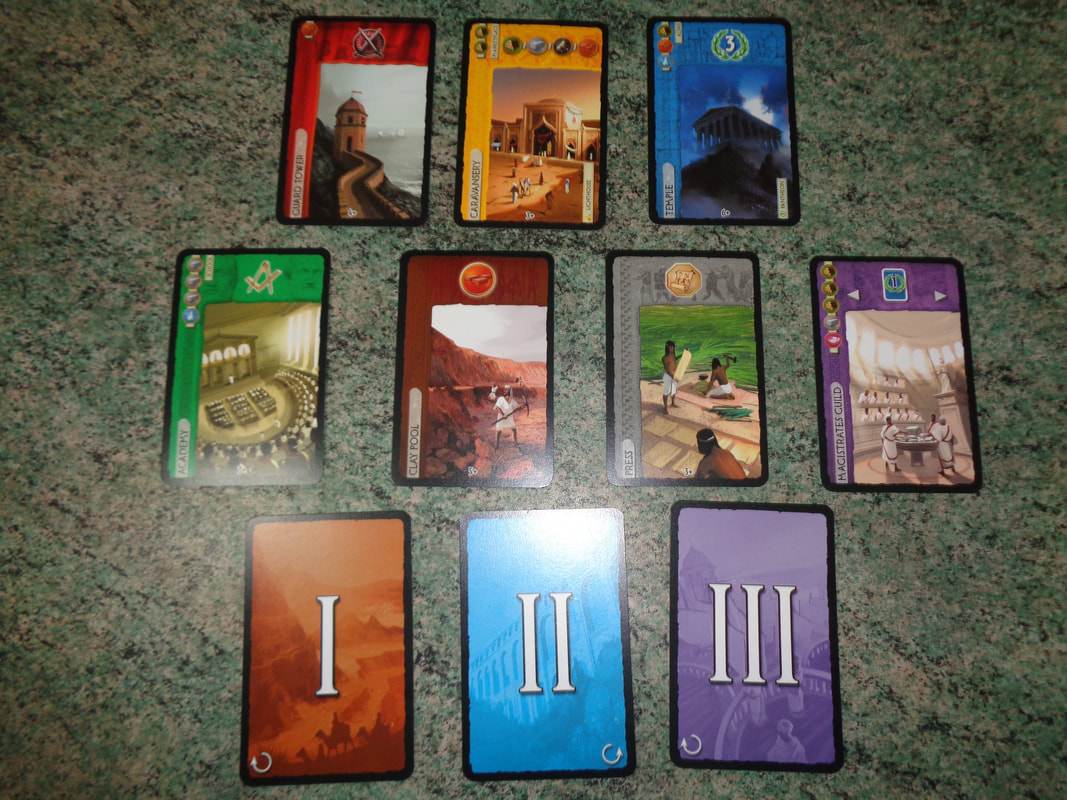
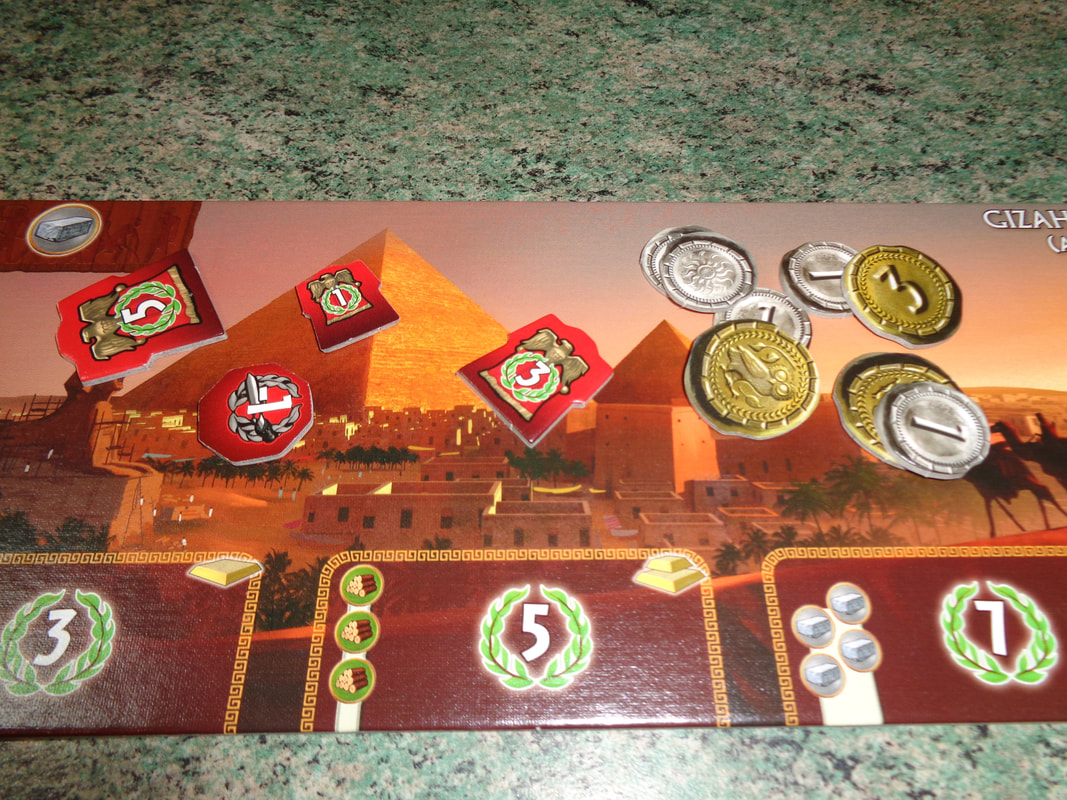
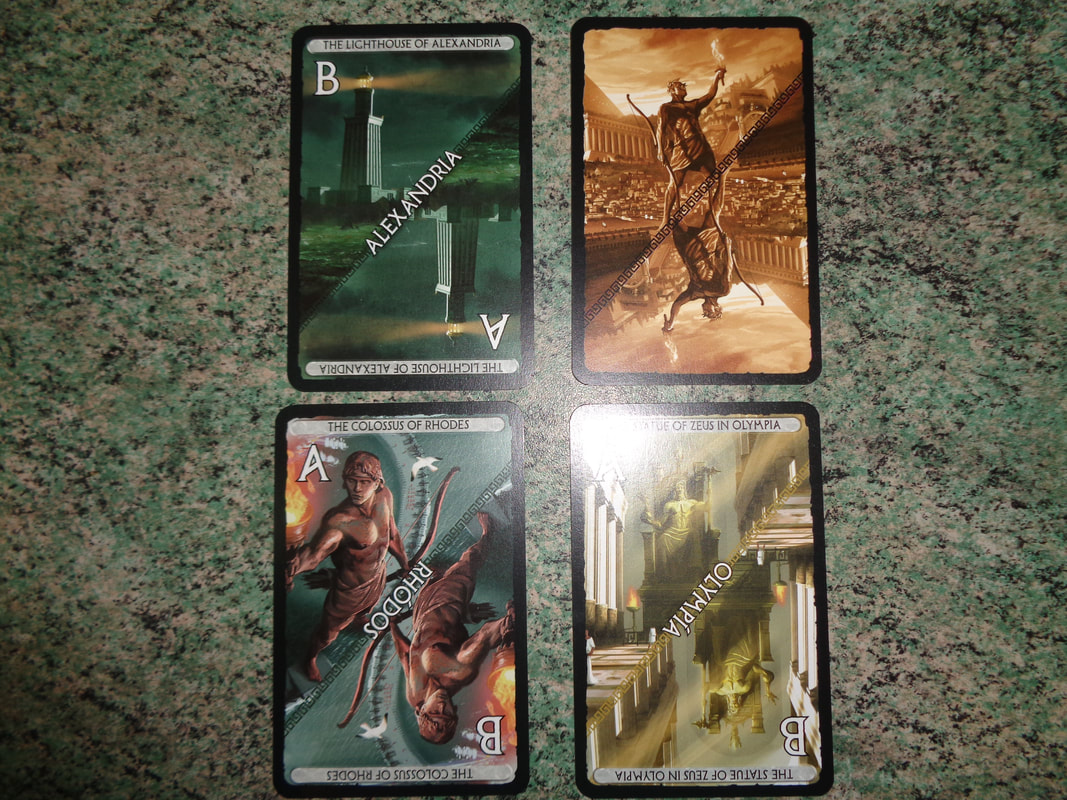
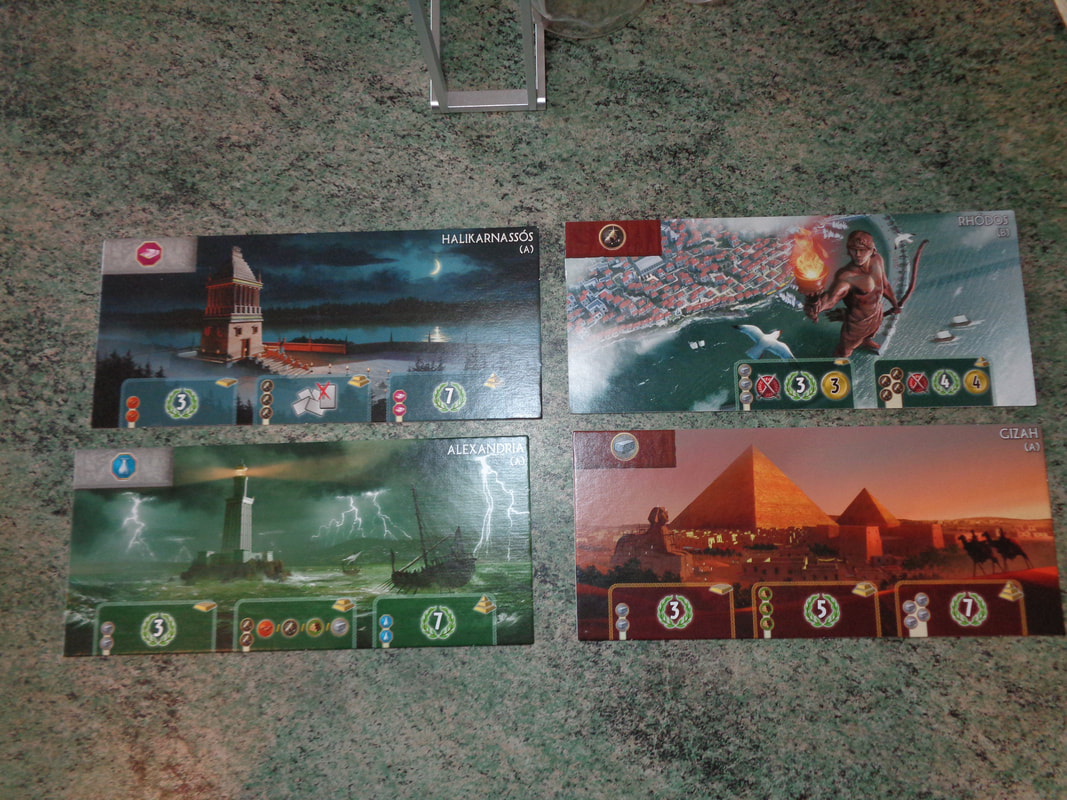
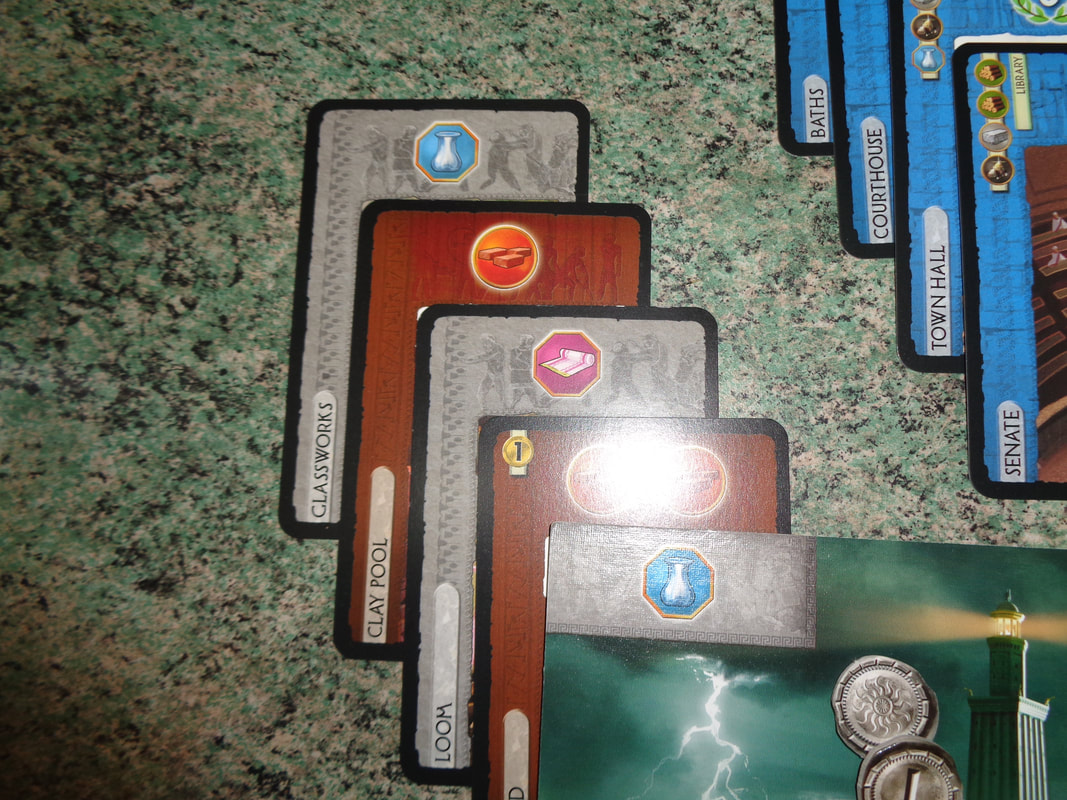
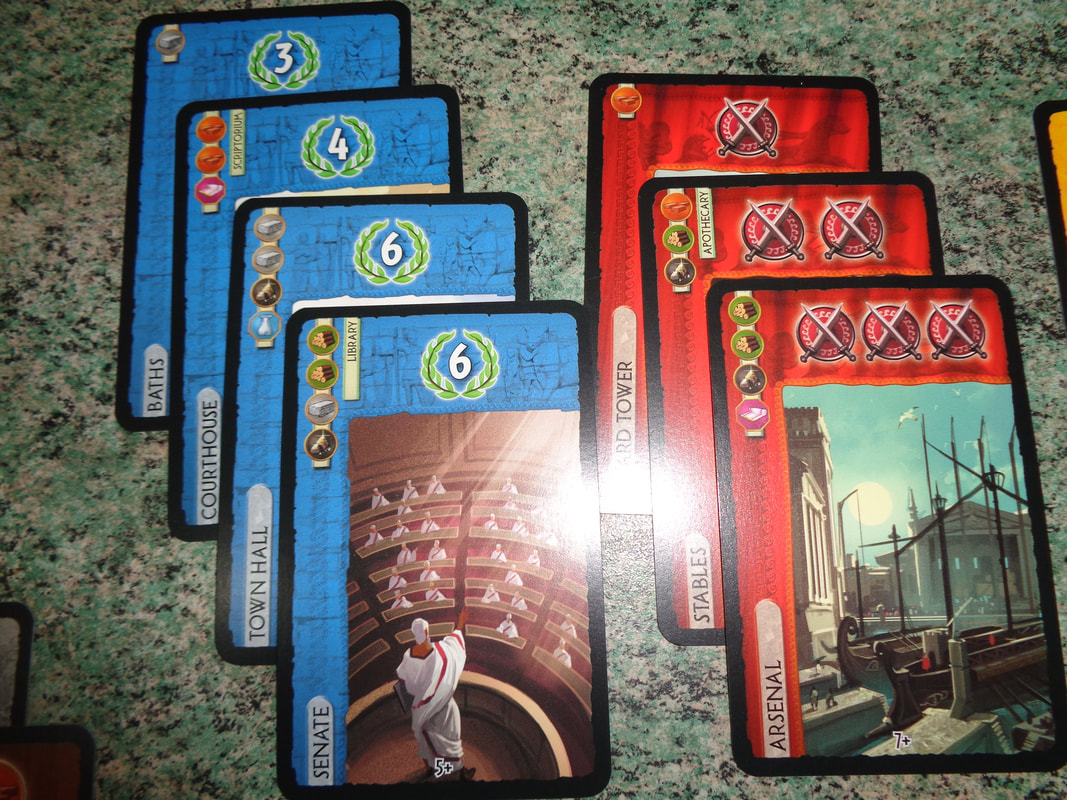
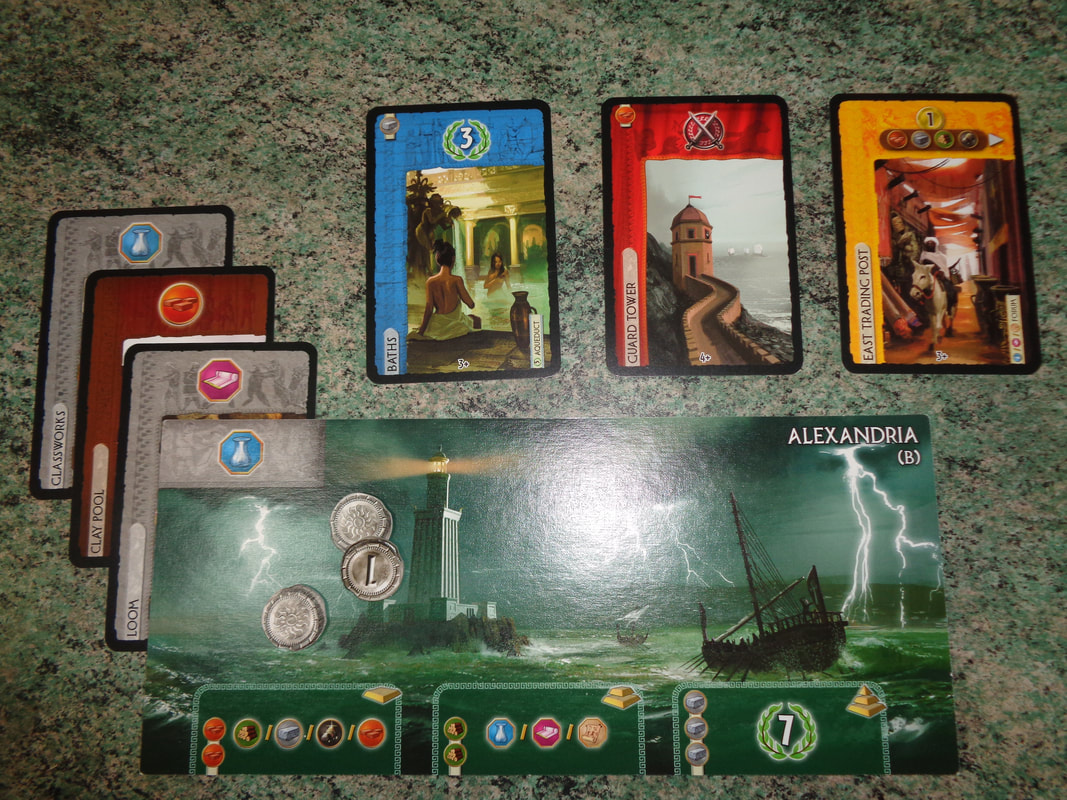
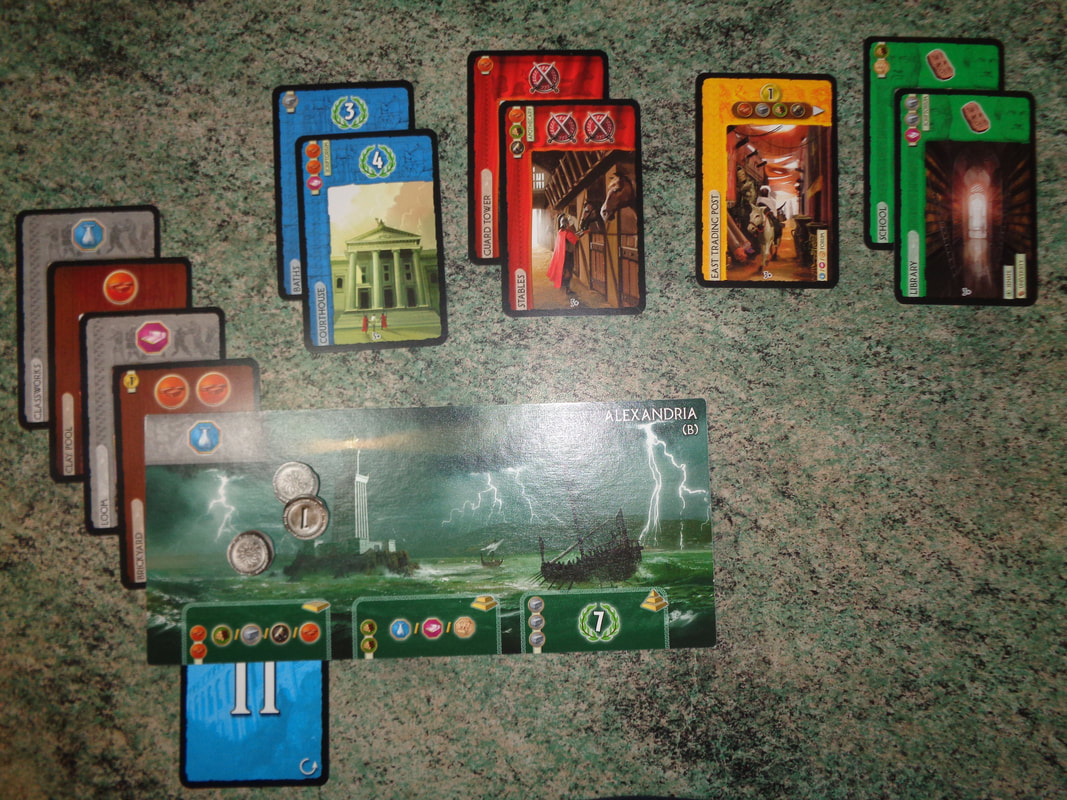
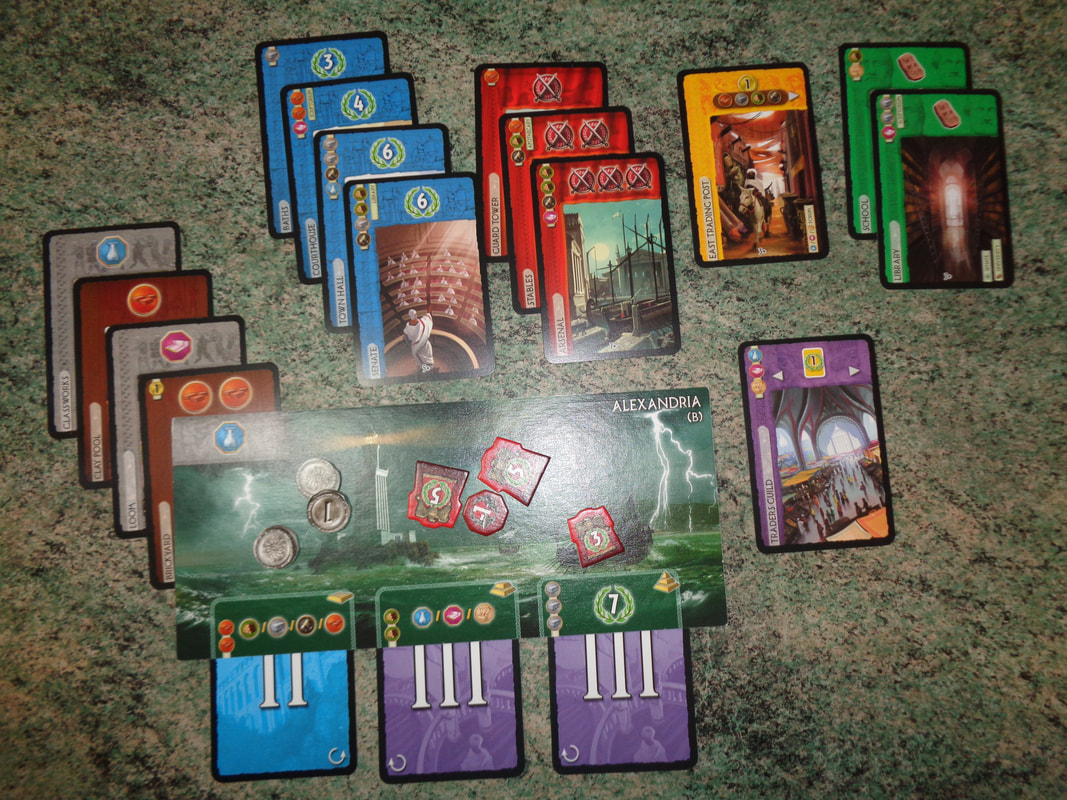
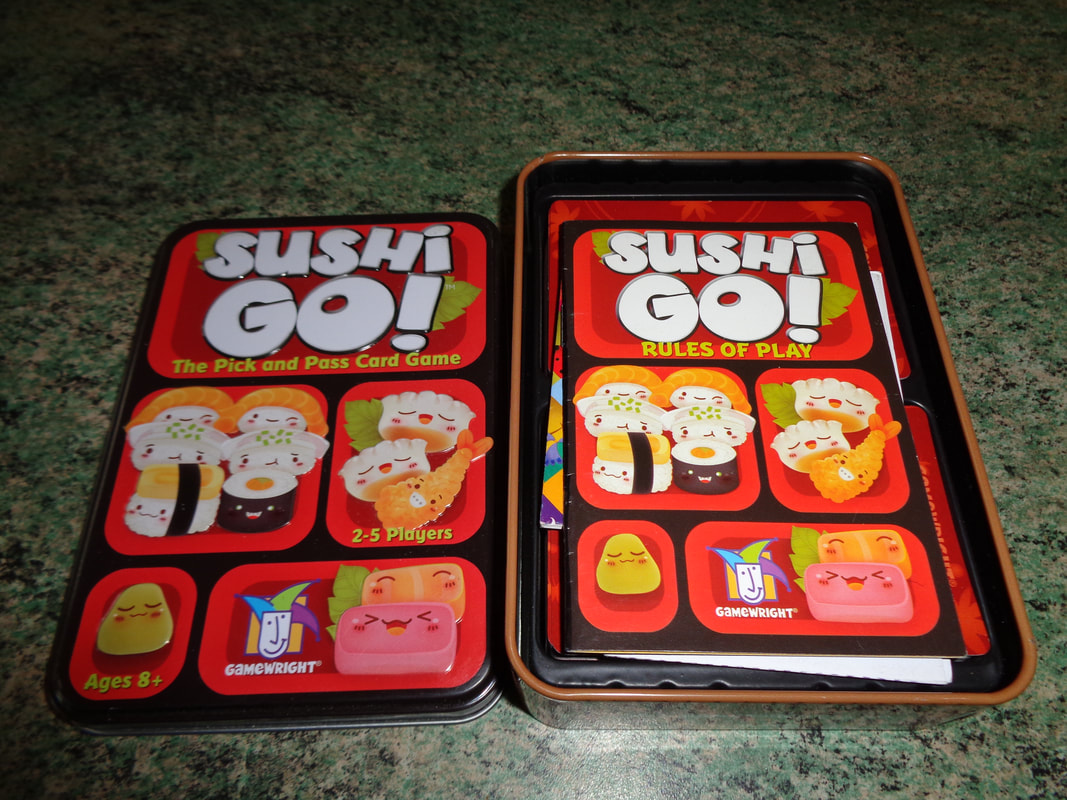
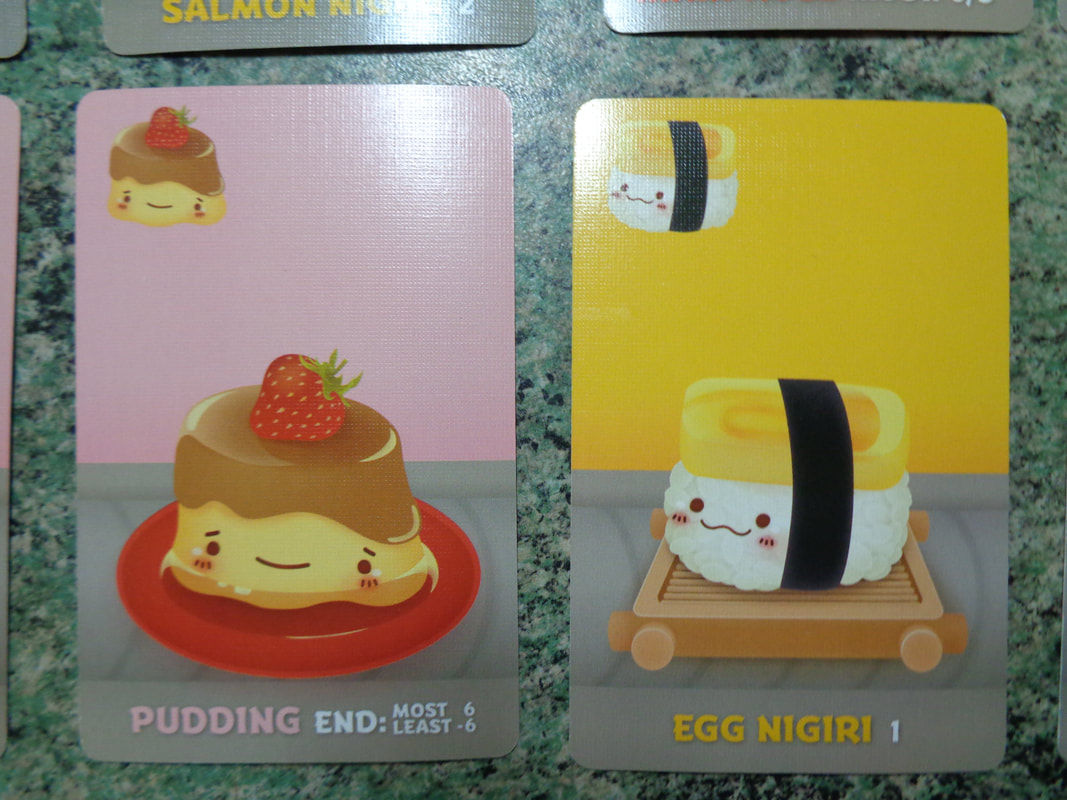
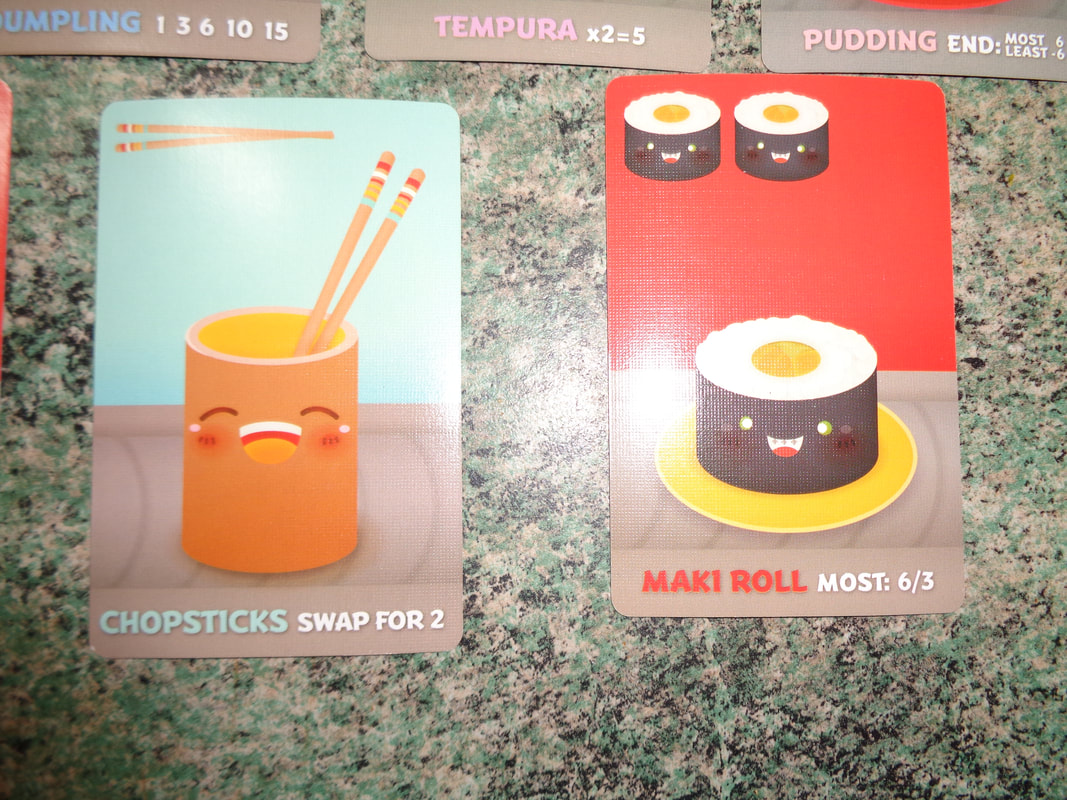
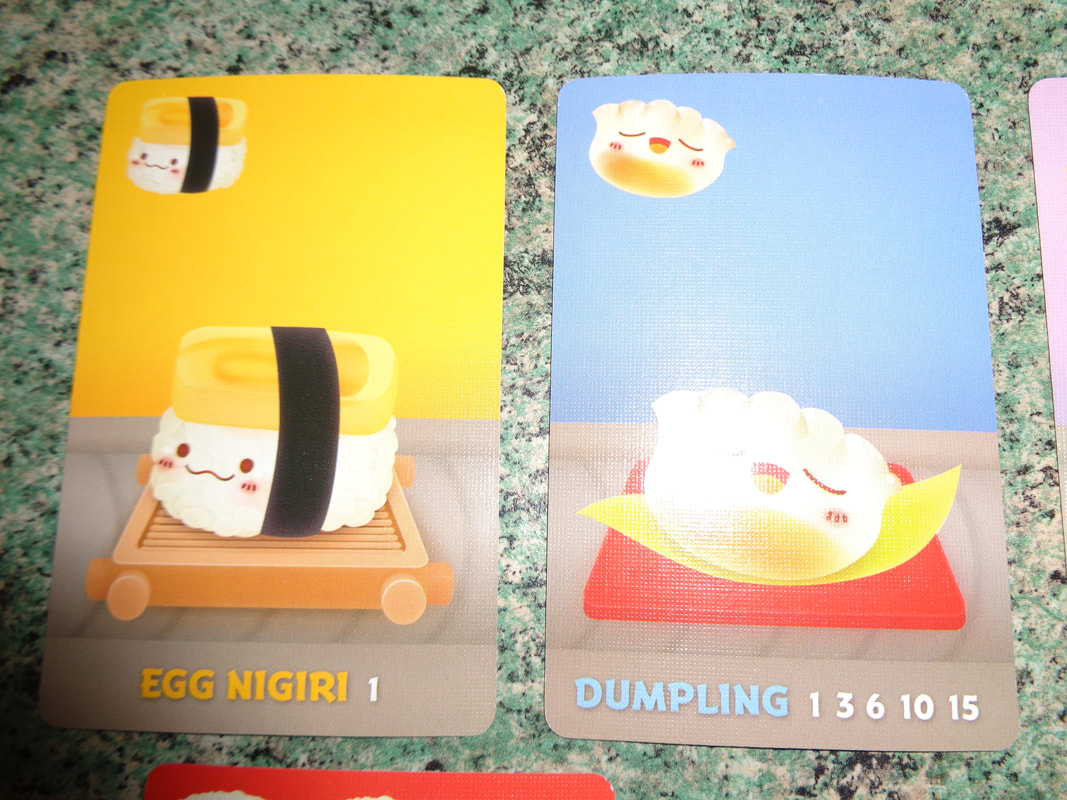
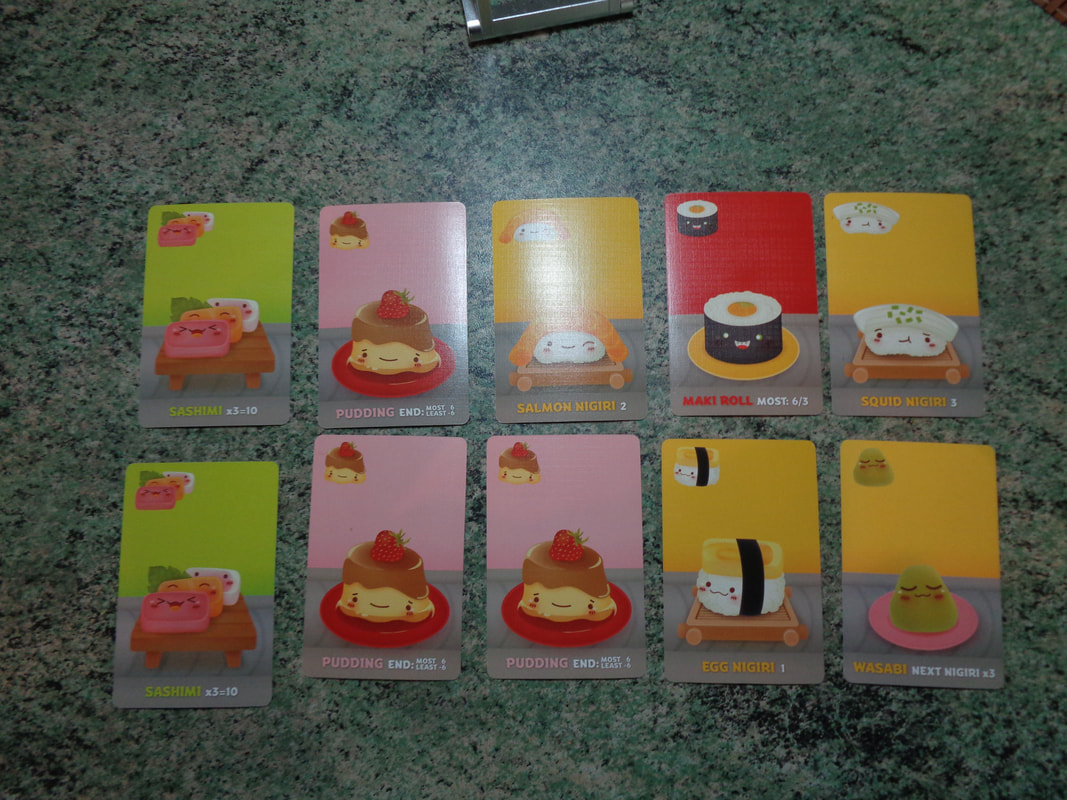
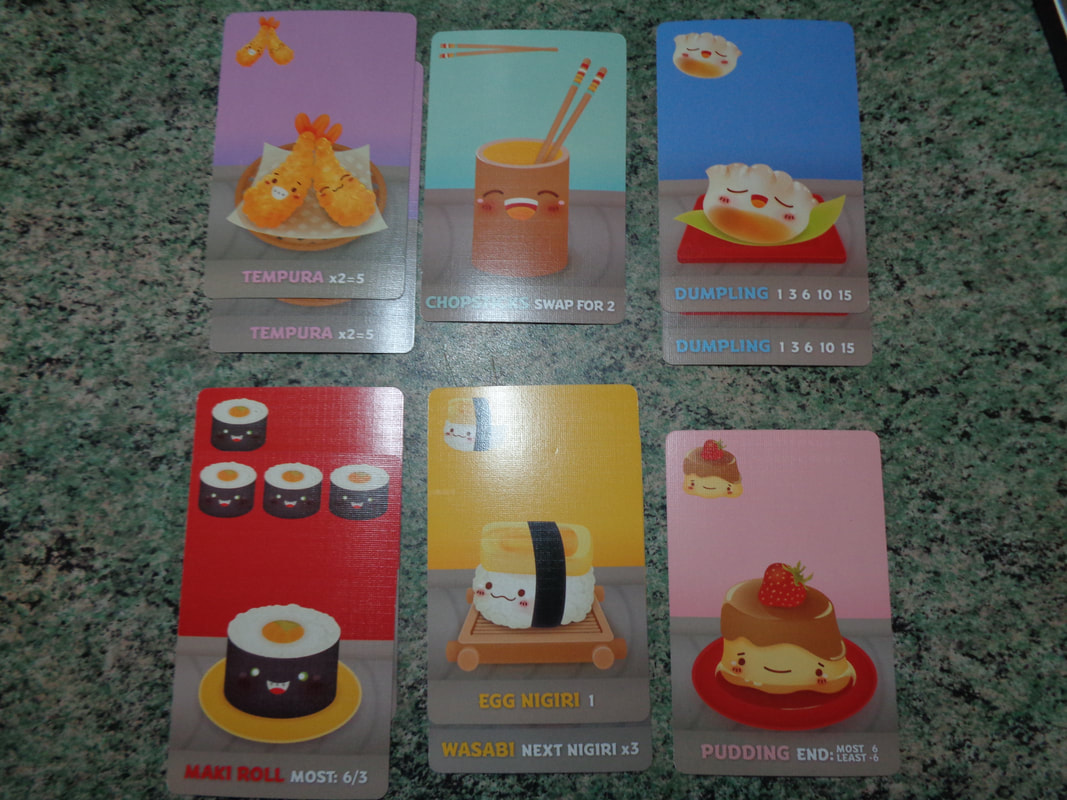
 RSS Feed
RSS Feed
